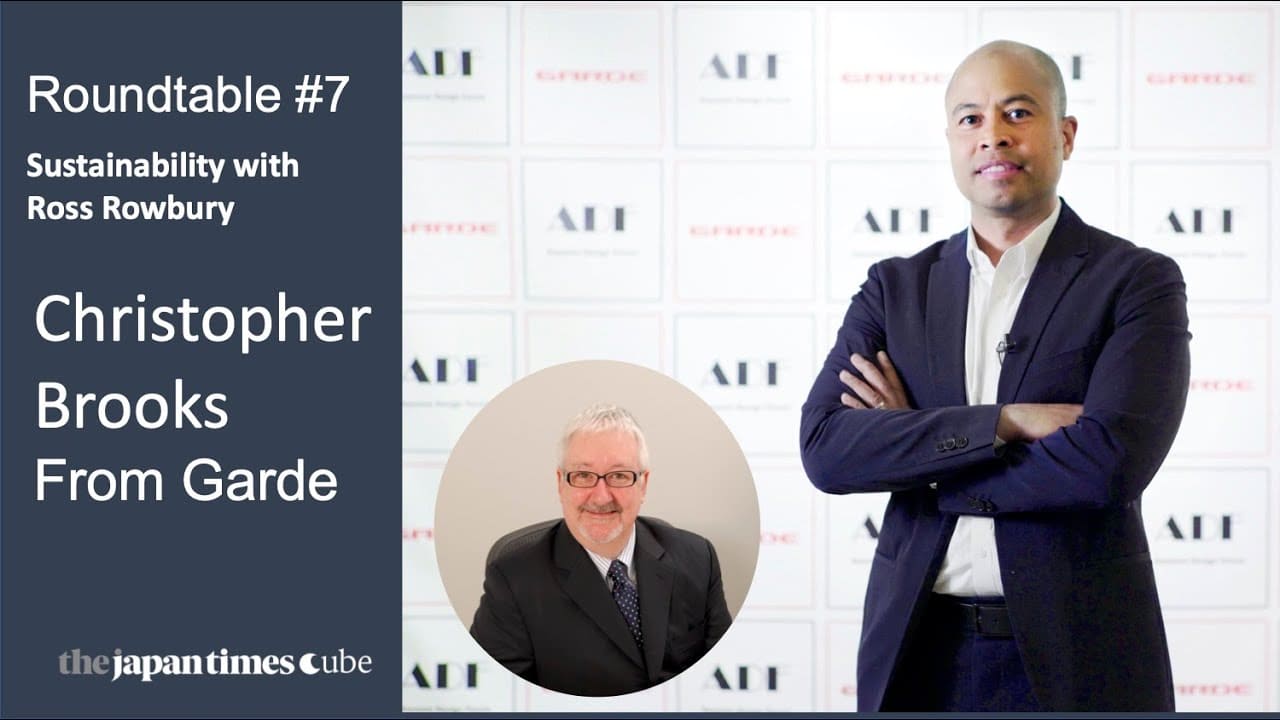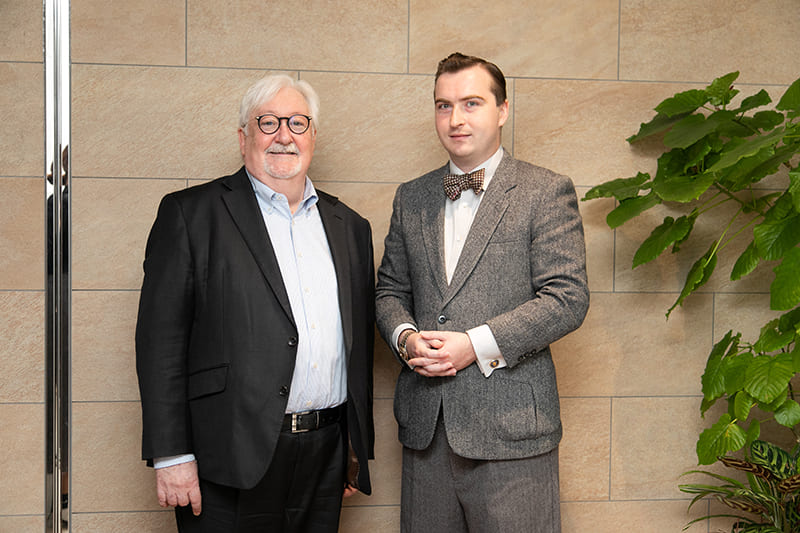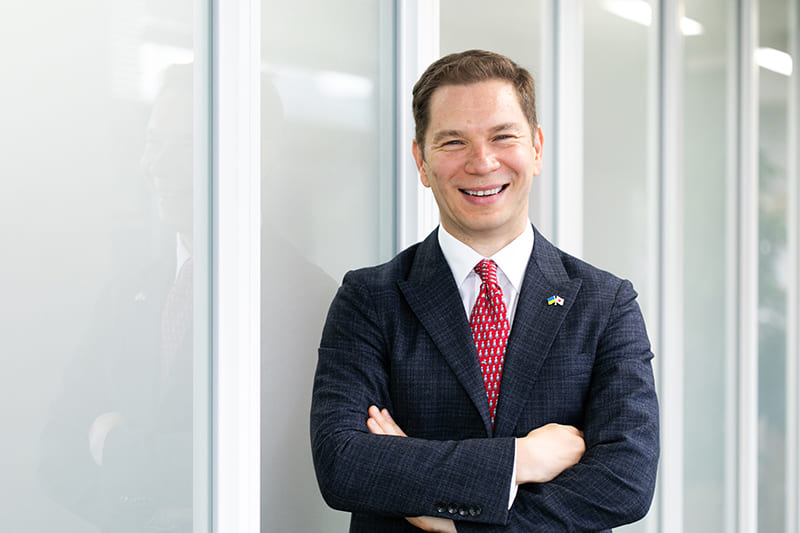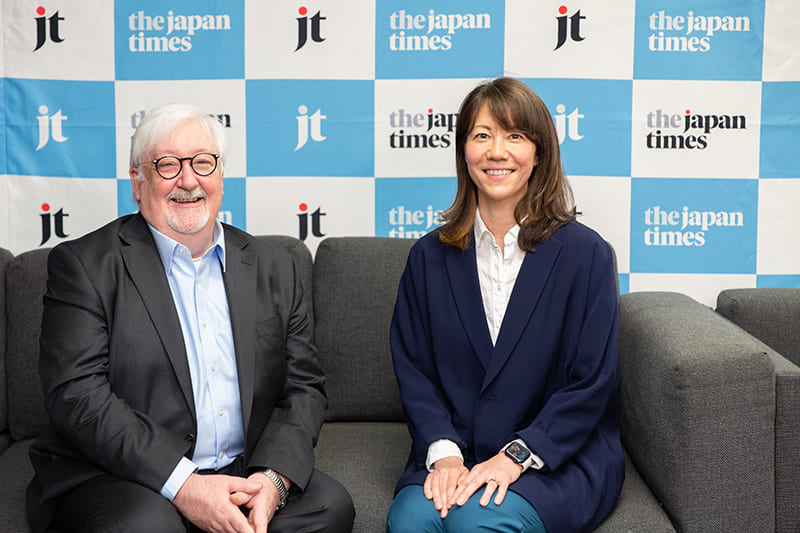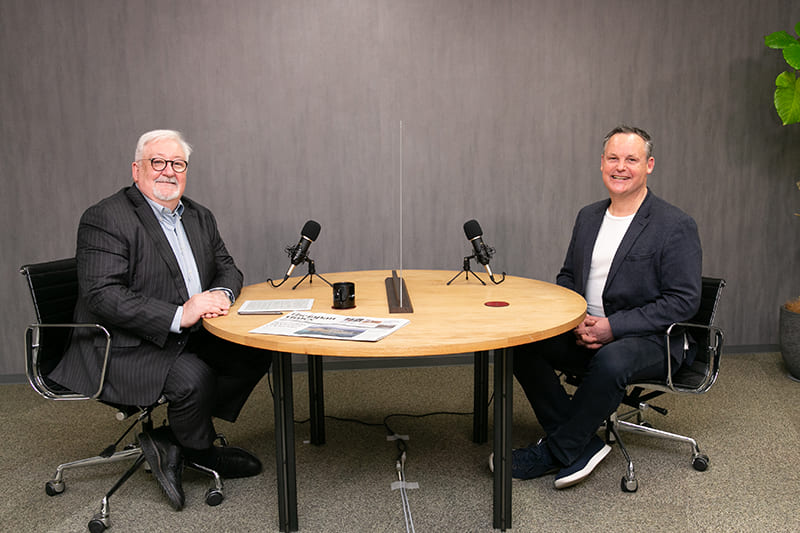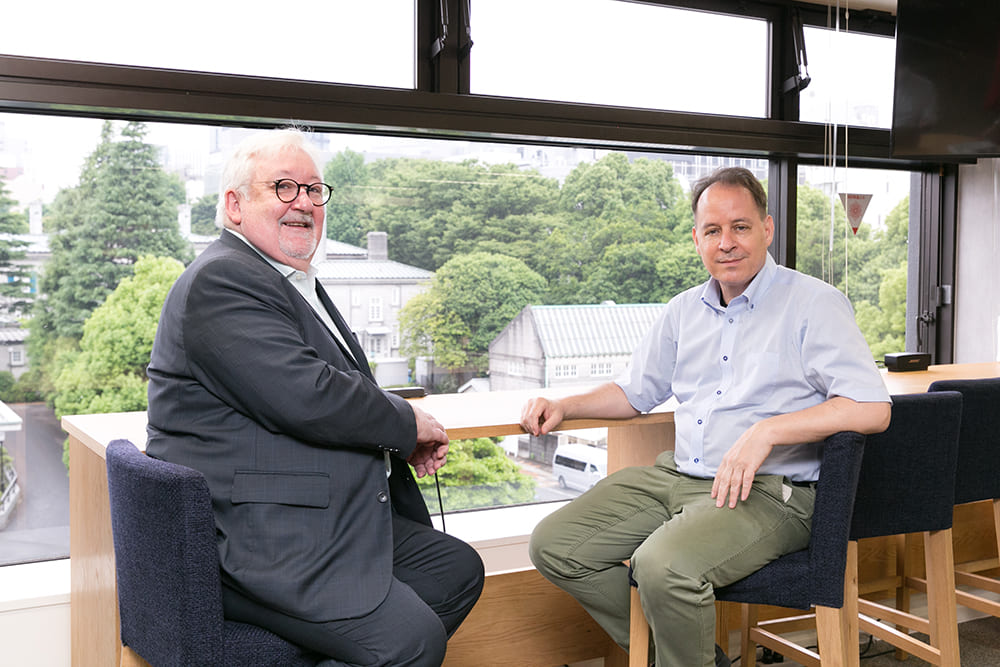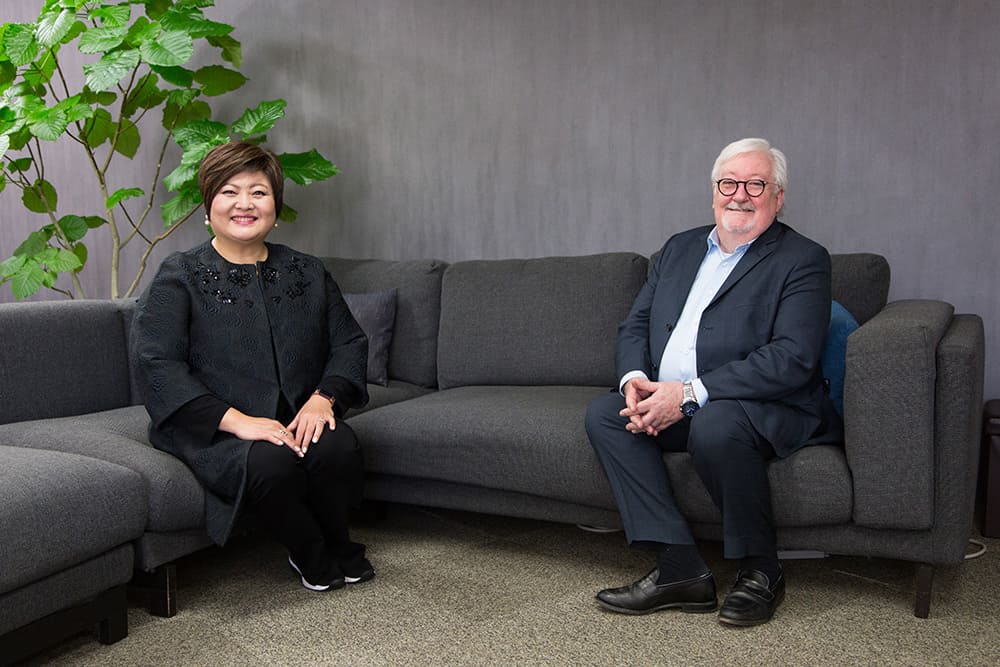May 17, 2021
Architect Brooks reshapes offices to new world of work
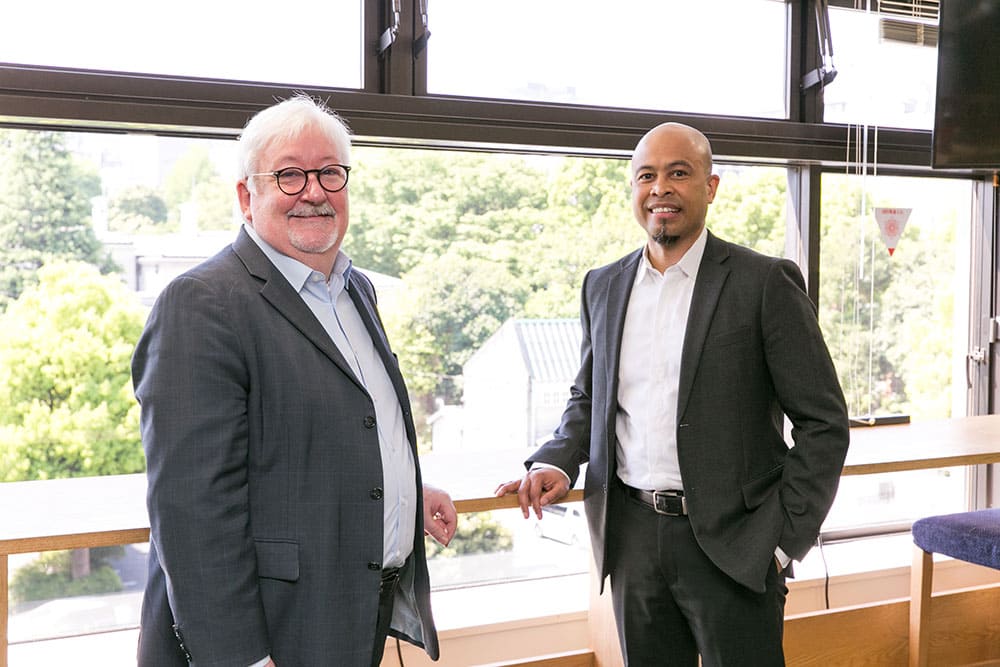
Christopher Brooks is the executive officer and design director of Garde, an international branding and interior design company based in Tokyo. With more than 20 years’ experience in Japan and several design awards under his belt, Brooks talked about his journey in the world of architecture and shared his insights on contemporary office design.
Early encounters
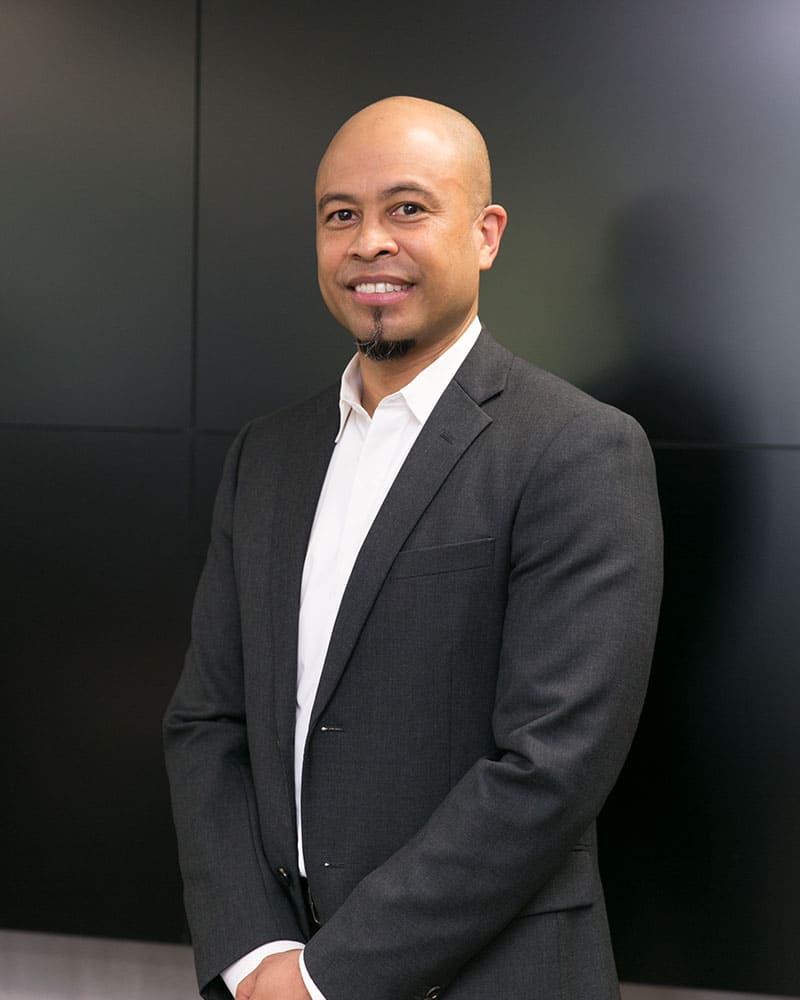
Growing up in Los Angeles, Brooks developed an eye for the aesthetic from a young age and recounts one episode as an 8-year-old in elementary school. “There was a teaching assistant who taught me how to draw a simple perspective of a box — how you can draw it in 3D. I fell in love with this concept of how you can look at something and replicate it,” he recalled.
Brooks went on to take part in an art contest, and had an early taste of success when his design was chosen for the cover of a school publication that year. “From that moment I knew I wanted to do something with architecture.”
Ten years down the line, one of his first encounters with Japanese design was while studying at architecture school in New Orleans. Browsing in the campus library, he came upon a monograph of a modern abstraction of a samurai sword by well-known architect Shin Takamatsu. Inspired by Takamatsu’s work, Brooks began researching other Japanese architects.
With his architect’s license in hand, Brooks decided to check out things for himself and headed to Japan — not to the bright lights of Tokyo, but to Matsue, a provincial city in Shimane Prefecture. Matsue and New Orleans are sister cities, primarily through their connection with writer Lafcadio Hearn, who wrote about both places in the 19th century.
Brooks was “blown away” by the traditional aspects of life he found in Matsue, which was totally counter to his perception of a futuristic, technology-driven Japan. One of his most memorable experiences was visiting Izumo Grand Shrine. “There was a certain heaviness and emotional feeling when you see it and experience it. This is something that I think a lot of architects seek — an emotional connection they are trying to re-create,” he said.
Learning from a design master
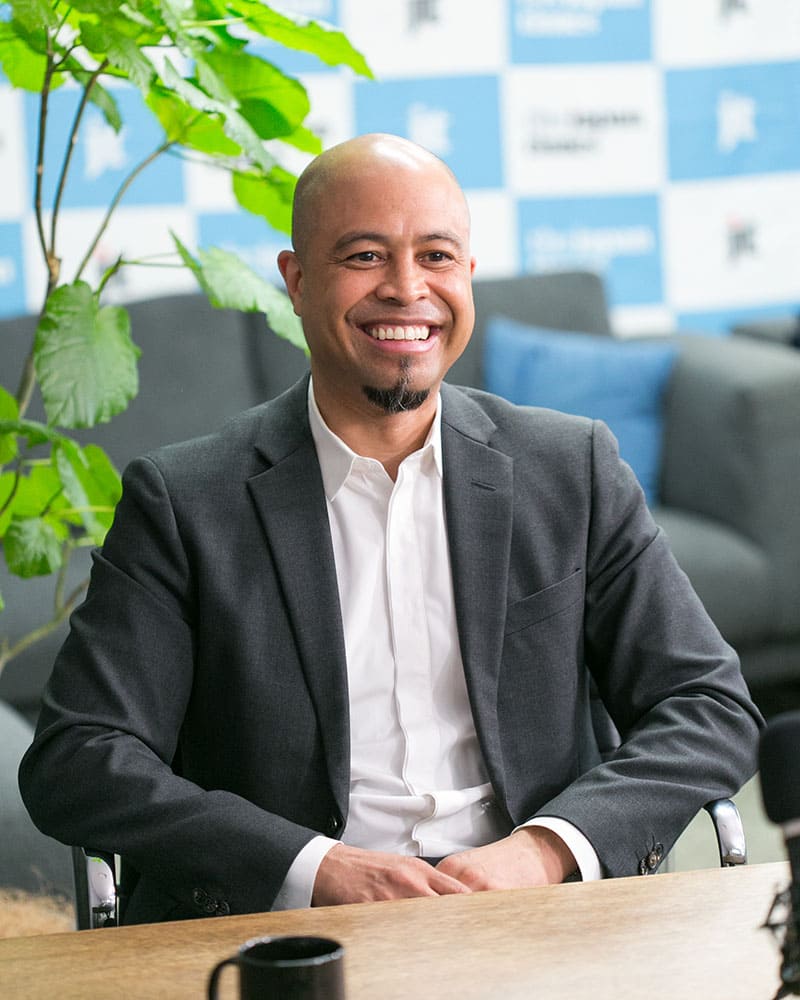
While working part time in Tottori at an architectural firm, a stroke of serendipity lead to an introduction to none other than Shin Takamatsu, who happens to be from Shimane. After a mutual friend set up an interview, Takamatsu offered to sponsor Brooks’ work visa and invited the young American to join his firm in Kyoto.
Brooks feels very fortunate to have had this opportunity to work alongside Takamatsu. “He was so prolific! He could literally sit down and sketch out 50 ideas in 50 minutes,” he recalled with awe. “What I took away is that you have to explore your ideas to the fullest extent.”
After working on Takamatsu’s projects for clients in the USA and Europe, Brooks eventually made his way to Tokyo, where he is now designing for both domestic and international clients at Garde. Established in 1985 to help luxury brands set up their businesses in Japan during the bubble years, Garde has since branched out into other areas, such as hospitality and office design.
In terms of what clients are looking for with work spaces, Brooks says that expectations are definitely higher recently. “A lot of this comes from people wanting an experience, not just functionality. They want some emotional connection.”
Another major trend is “activity-based working” (ABW). While offices traditionally had specific sections for certain roles, and people mainly worked in cubicles, Brooks says that now lines of division are being blurred. “We realized it made sense to ‘untether’ people from their desk. ABW is simply designing your office based on the activities you have to do, so you can be 100% mobile and work more efficiently.”
A harbinger of change
It goes without saying that COVID-19 has had a major impact on office design and function. According to Brooks, the office will come to be a place for collaboration and interaction, while focus work is more likely to be done at home or outside the office. Despite this, he notes that the importance of “physical presence” should not be underestimated and that people must feel that they are part of a larger whole. To mitigate feelings of isolation, it is necessary for people to have frequent touchpoints with their colleagues.
Many people have become used to working from home, and some have even moved out to areas where they can enjoy cheaper rents and a more relaxed lifestyle. However, since Japanese dwellings are generally quite small, they still may want to physically take their work outside the home.
In line with this, coworking spaces have become something of a buzzword, such as those operated by WeWork. Brooks says that a high volume and scale is needed to make this business model work and noted that some companies are exploring the idea of setting up satellite office spaces to which their staff can easily commute to.
Offering a sanitary and safe work environment is also of paramount importance when considering office design. “COVID-19 has caused us to think more deeply about this, for sure,” Brooks said. “There is more of a concern for fresh air exchange and air filtration in the mechanical systems, bacteria-free finishes and safe distancing.
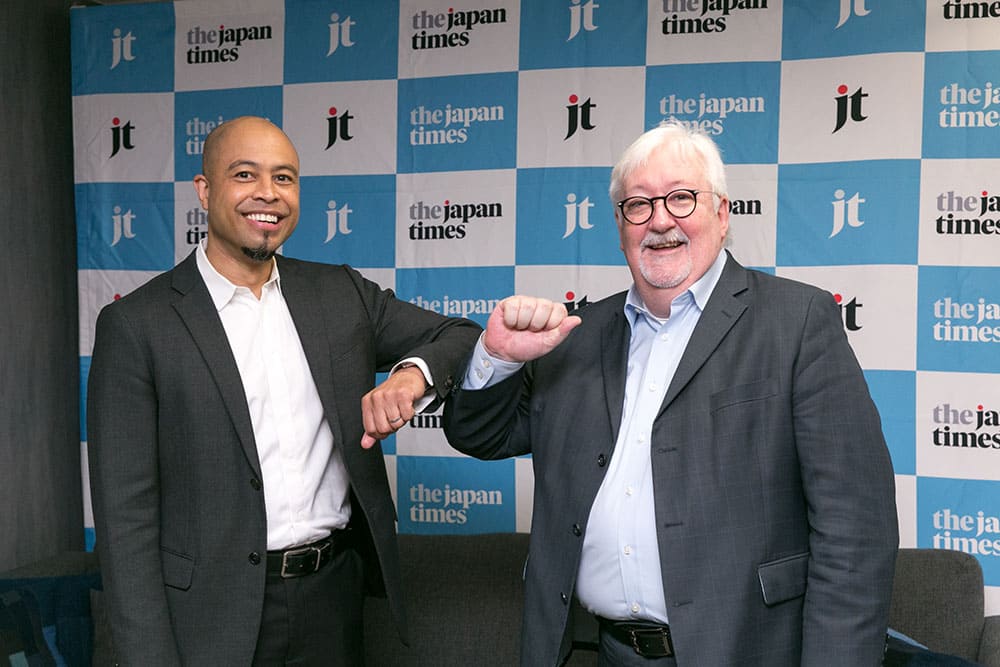
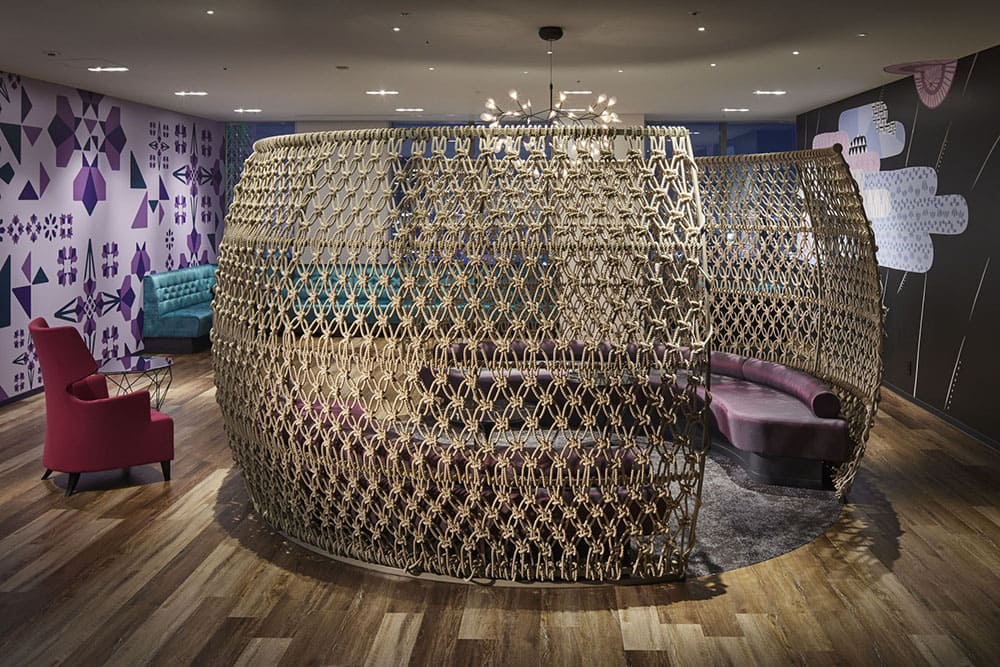
Moving forward, Brooks offers three important pointers for companies in terms of planning their new office space:
Working from home is here to stay, and so you need to figure out a way to tie your remote staff members into activities at the office.
It is important to have a flexible office space. We still don’t know how things will play out with COVID-19 in the future. You need to be able to accommodate different scenarios.
You also have to look at how you manage people. Until now, Japan was about having your staff show up and sit in front of you, but now you need to manage them based on work performance.

Brooks says his profession is all about learning from experience: “Most people don’t understand that design is very much a trial-and-error type profession. I think that is what drives us: having a problem and trying to solve it.”
He has come a long way from that bright-eyed 8-year-old who started with the box, but one thing hasn’t changed: “In 10 years’ time, I’ll still be in Japan!” he said with a laugh. “I still have the same curiosity as that of the first day when I arrived.”

